Strengthening supplier relationships, nearshoring strategies and digitalisation are enabling GM to enhance supply chain resilience across North America. From securing critical EV components to optimising cross-border logistics, the carmaker is fostering innovation and operational efficiency amid growing challenges.
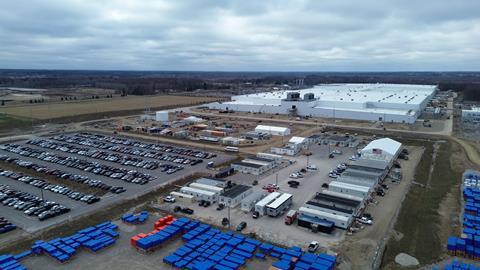
The automotive supply chain has been in turmoil over recent years, and Automotive Logistics’ recent analysis has shown that OEMs are facing increasing cost pressures. In response, GM has embarked on strengthening supplier relationships, embracing nearshoring strategies, and is leveraging digitalisation to tackle critical challenges. By fostering long-term partnerships, securing regional capacity and improving supply chain visibility, GM is building resilience in an increasingly complex market.
Strengthening automotive supplier relations for supply chain resilience
Strengthening supplier relations can improve resiliency, something that Covid and the semiconductor crisis taught automotive logistics firms. In GM’s case, the carmaker “flexed the muscle” of getting deeper into its value chain to understand where its raw materials are coming from and map out its key suppliers’ sub-tiers and where they are located. Prioritising strategic, long-term partnerships over more transactional ones, especially for critical logistics lanes and EV components, allowed GM to manage those n-tier suppliers better. The OEM now actively collaborates directly with its semiconductor and raw material suppliers to help ensure long-term stability.
Read more: Knowing where to be lean and where to be robust in GM’s supply chain
“If you were to compare and contrast other OEMs with GM, there is a definite difference in terms of how we manage [relationships]. One of the things that I ask for in return, because nothing is free, is preference,” said Jeff Morrison, vice-president of global purchasing and supply chain at GM, at ALSC Global 2024. “As you’re allocating capacity out, please do not forget your anchor partners. Please give us the preference that I think we have earned over this amount of time, and I promise you, if you don’t give us that preference, we will probably not forget that either.”
GM Mexico has been working closely with its local suppliers to foster innovation and secure critical components, all the while enhancing regional capacity. Mónica García, director of global procurement and supply chain at GM Mexico said the carmaker is further promoting these supplier relationships by providing training, digitalisation initiatives and joint problem-solving efforts to strengthen resilience.
Tackling EV supply chain challenges with nearshoring and battery localisation
Cost pressures across automotive logistics are escalating in a difficult market where EV supply and consumer demand remains unbalanced, and GM finds itself in the same boat. Morrison said that from an EV standpoint, the battery is the biggest cost driver through both material costs and logistics costs.
To combat this, GM is using battery localisation, as well as gaining more visibility of its raw material suppliers. Morrison said the carmaker is working on building out the value chain going back to the raw material mines and manufacturing battery cells in the US with its partners.

Morrison highlighted priorities for GM’s logistics team, including profitability, network optimisation, and securing critical global flows, particularly in RoRo and cross-border freight. He warned of the risk of disruption without proactive collaboration.
Similarly, GM is strategically leveraging nearshoring to reduce dependency on complex global supply chains. Cultivating regional supplier networks has allowed the company to improve its supply chain agility and mitigate risks. An example of this can be found in GM Mexico. Mónica García, director of global procurement and supply chain at GM Mexico said that nearshoring has brought the division benefits including reduced transport costs, shorter lead times, and improved inventory management.
Optimising cross-border logistics and operational excellence
GM has improved cross-border operations, expecially between the US and Mexico, by addressing capacity issues through stronger partnerships, operational focus, and reducing waste. Morrison stressed efficient container management, citing opportunities to reduce costs by improving utilisation of capacity.
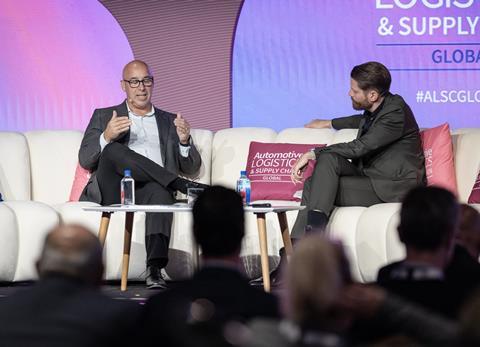
The carmaker looked specifically at operational efficiency at the border, identifying and addressing the “blocking and tackling” challenges that can impede freight movements. Spotlighting target areas like this can free up bottlenecks and improve the flow of supply.
However, when looking specifically at the US-Mexico border, there is heightened demand on the infrastructure due to increased nearshoring and competition from new entrants to the market. And, with the upcoming tariffs promised by president-elect Donald Trump, these cross-border logistics may prove more difficult – and expensive.
While the market waits to see if the import tariffs will be implemented at the start of 2025, digitalisation may offer a solution to current bottlenecks.
At GM, digitalisation efforts are focused on two key areas: improving transparency across the supply chain and increasing operational efficiency. By leveraging advanced data analytics and real-time monitoring systems, GM has been able to track supply chain performance, identify bottlenecks, and respond proactively to potential disruptions. This has been especially important in navigating challenges such as component shortages, volatile demand patterns and logistics delays, said García.
While digitalisation offers significant advantages, García acknowledged that challenges remain, particularly for smaller suppliers that may lack the resources to implement sophisticated systems. However, she expressed optimism that continued collaboration and investment in technology will drive widespread adoption across Mexico’s automotive ecosystem.
Topics
- AI & Predictive Analytics
- Battery Supply Chain
- Companies
- Cross-Border Logistics
- Digitalisation
- Editor's pick
- Electric Vehicles
- EV & Battery Production
- features
- Finished Vehicle Logistics
- GM
- Inbound Logistics
- Kaizen & Continuous Improvement
- Lean Logistics
- Lean Transformation
- Logistics IT
- Nearshoring
- Nearshoring Strategies
- North America
- OEMs
- People
- Regional Distribution Networks
- Regional Sourcing & Manufacturing
- Shipping
- Supplier Diversification
- Suppliers
- Supply Chain Planning
- Track-and-trace
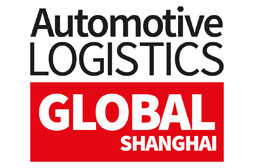



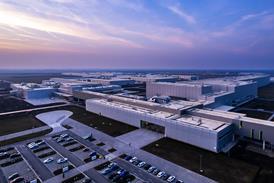
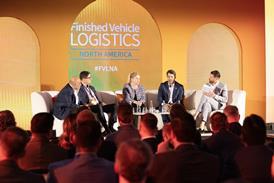
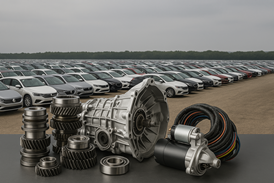







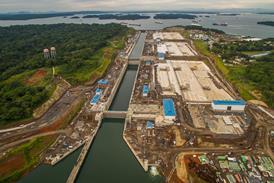



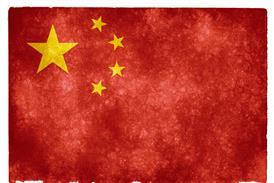





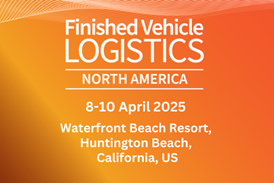
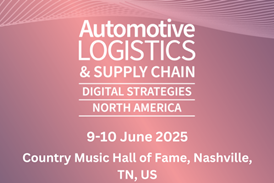
![Global[1]](https://d3n5uof8vony13.cloudfront.net/Pictures/web/a/d/s/global1_726550.svgz)
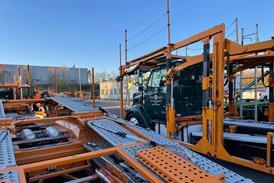
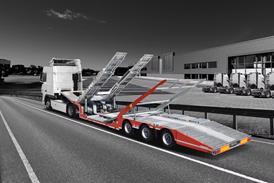
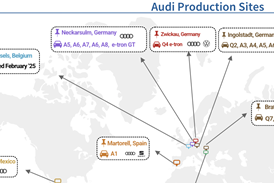



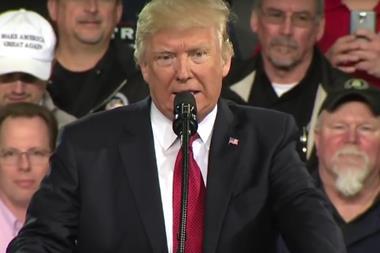
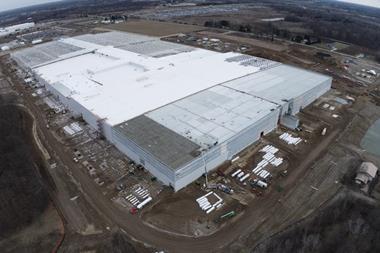




No comments yet